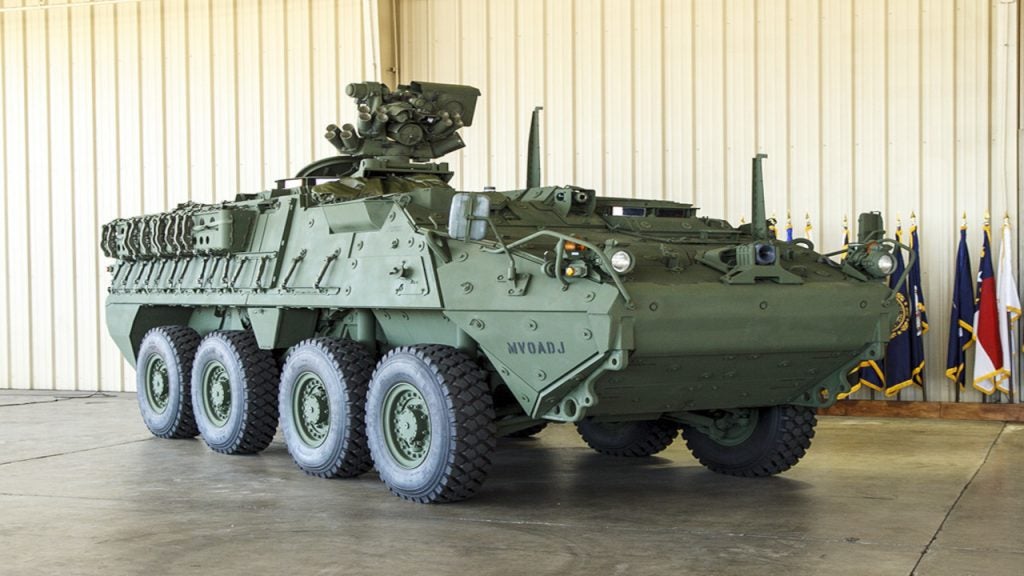
Europe’s foremost missile manufacturer MBDA has been selected to deliver a concept for Europe’s future anti-hypersonic and anti-ballistic missile interceptor.
Managed by the continent’s defence programme overseer, the Organisation for Joint Armament Co-operation, or ‘OCCAR’ in French, the initiative will be supported under the auspices of the European Commission. The programme will be specifically co-funded by a consortium of five participating nations – France, Germany, Italy, the Netherlands and Spain – collectively known as the Hypersonic Defence Interceptor Study (HYDIS²).
The programme amounts to around €140m ($151.8m), of which €80m is co-funded by the European Defence Fund.
The signature between MBDA and OCCAR marks the beginning of a three-year concept phase to select the most suitable and effective counter-hypersonic and anti-ballistic concept with the associated weapon architecture.
Co-ordinated by MBDA, this new chapter will allow the partners to:
- harmonise the definition of operational scenarios and weapon systems interface, taking into account the European and Nato roadmaps;
- build a joint definition of each threat based on the knowledge and expertise of all the partners involved;
- consolidate requirements and integration in the whole engagement chain;
- select the most suitable counter-hypersonic and anti-ballistic concept of interceptor for European nations’ needs;
- mature the technologies that enable the implementation of the concept;
- create the industrial network to develop the future counter-hypersonic missile systems
The next stage of the programme will prepare an assessment phase and aim at an in-service date of 2035.
Europe sets its sights on a vibrant defence industry
At the beginning of March 2024, the EU set out an ambitious new defence industrial strategy, its inaugural plan, supplemented by €1.5bn, to create a more vibrant and attractive defence industry.
This new legislative agenda will bridge the Union’s current short-term emergency measures, adopted in 2023 and ending in 2025, to a more structural and longer-term approach to achieve defence industrial readiness.
EU member states will procure at least 40% of defence equipment in a collaborative manner by 2030 and make steady progress toward procuring at least 50% of their defence procurement budget within the EU by 2030 and 60% by 2035, among other things.
As part of these efforts, the success of the HYDIS² programme will fit into Europe’s defence market attractiveness on the world stage, which is currently saturated with US-maufactured weapon systems.
MBDA will co-ordinate the consortium, bringing together 19 partners and more than 20 subcontractors in 14 European countries.
Along with MBDA in France, Germany, Italy and Spain, the partners are ArianeGroup, Avio, Avio Aero, Bayern-Chemie, CIRA, DLR, GKN Fokker, LYNRED, OHB System AG, ONERA, ROXEL France, Thales France, TDW, Thales Netherlands and TNO.
HYDIS² is a central element of the contribution of European states to the mission of defending populations and armed forces, in particular against emerging hypersonic threats, which constitute a radical change with respect to ballistic ones.








